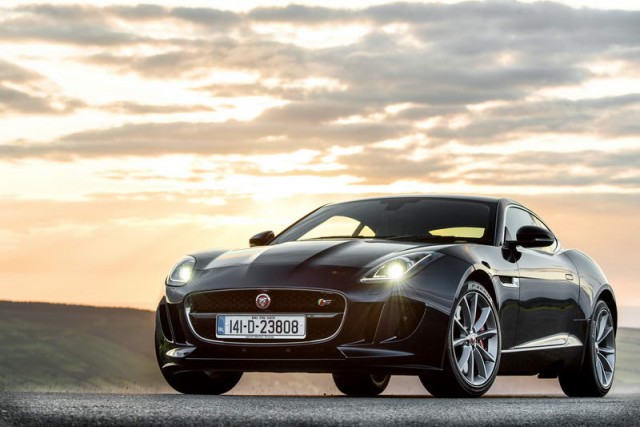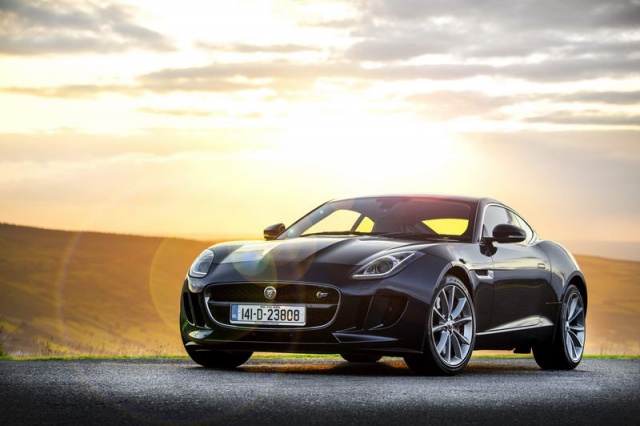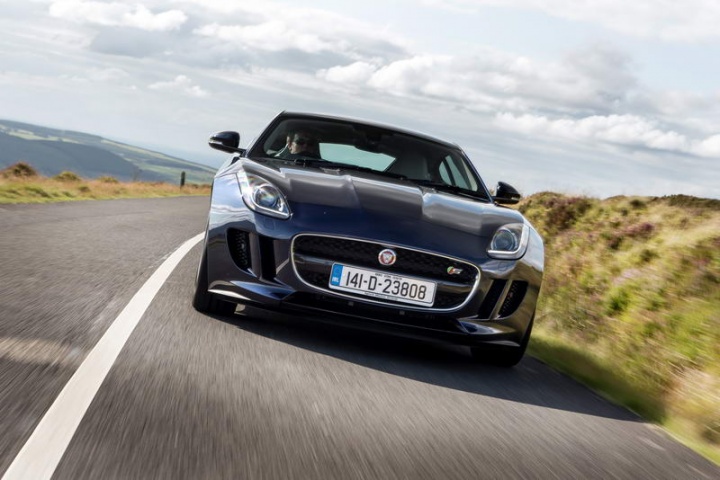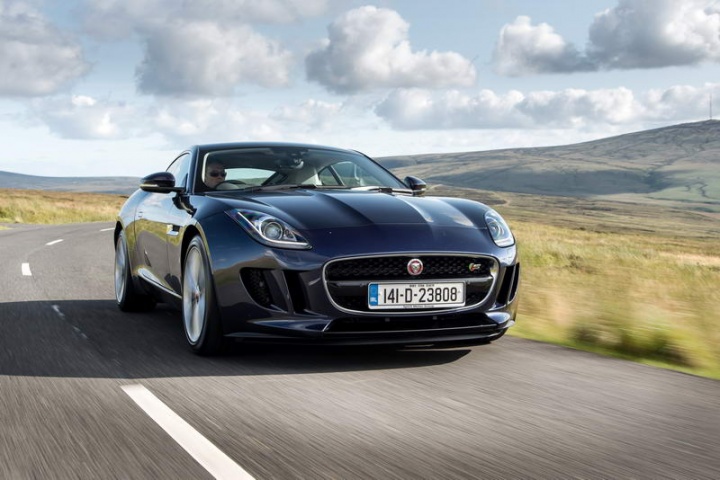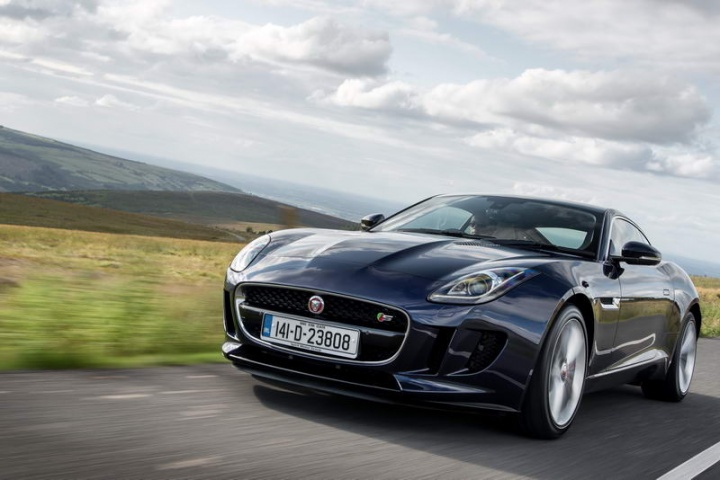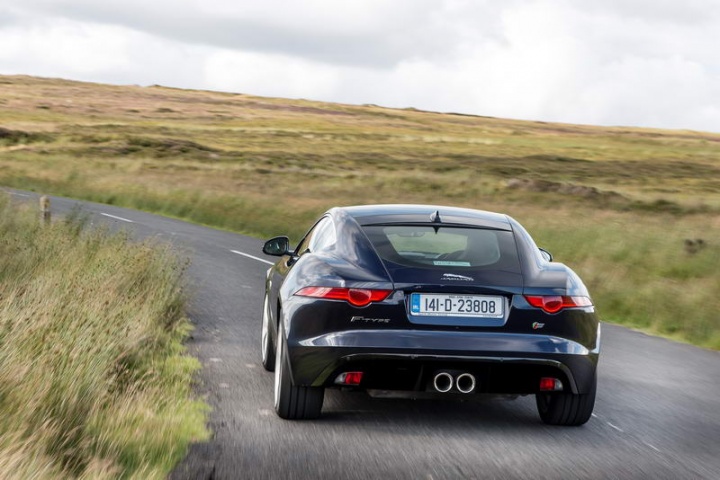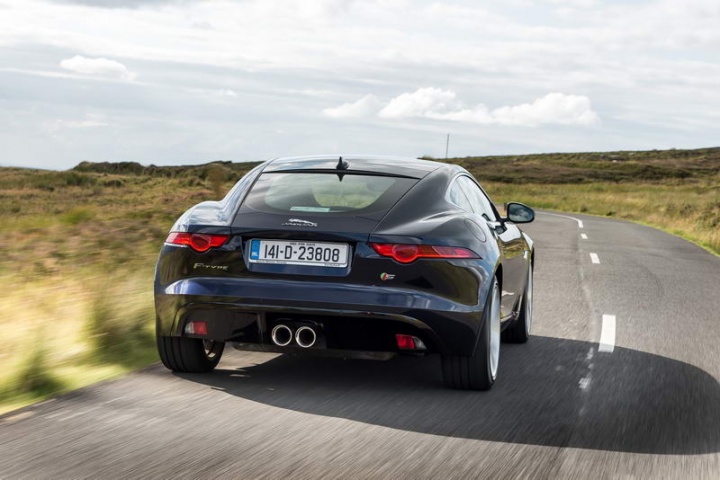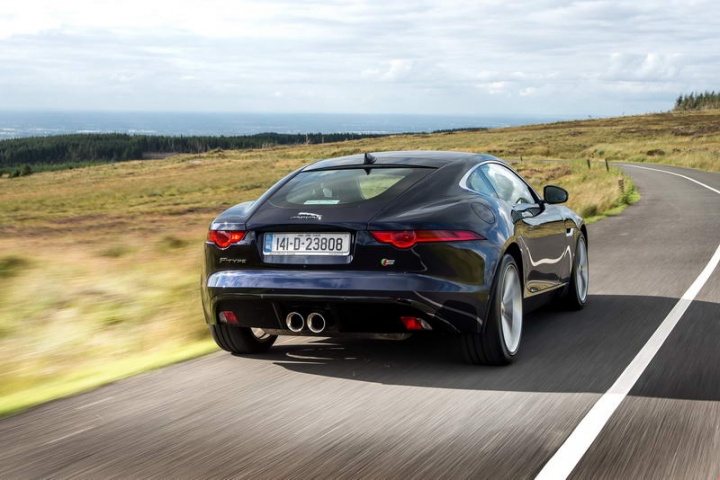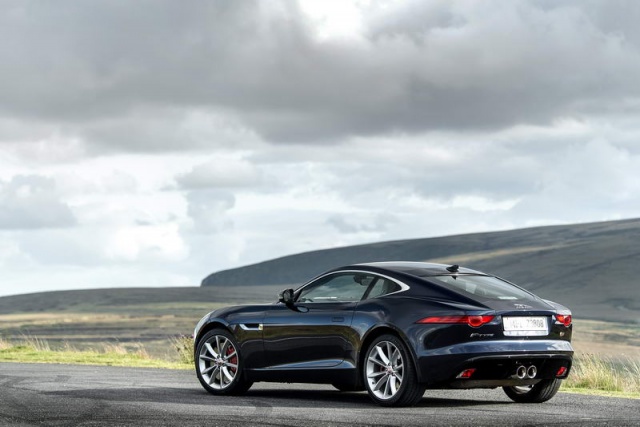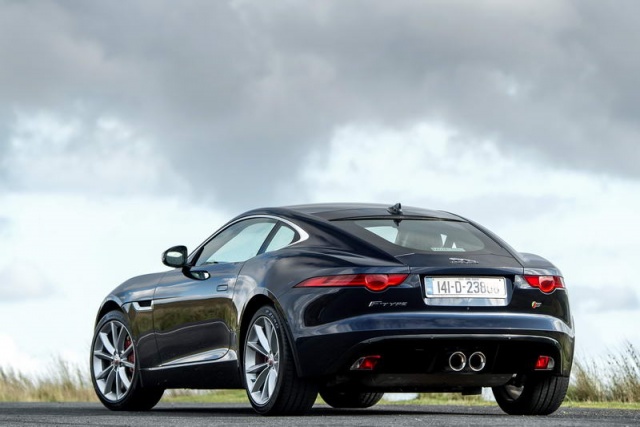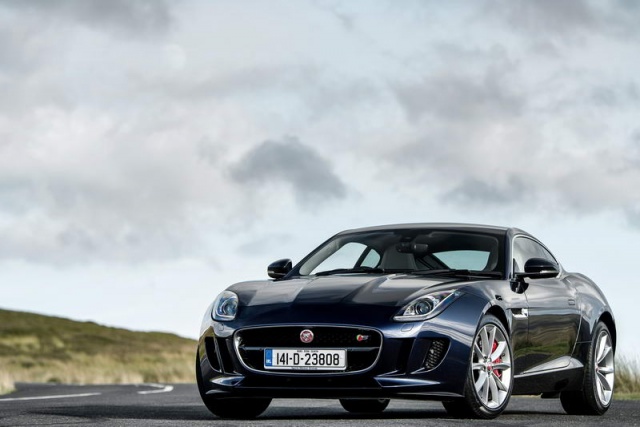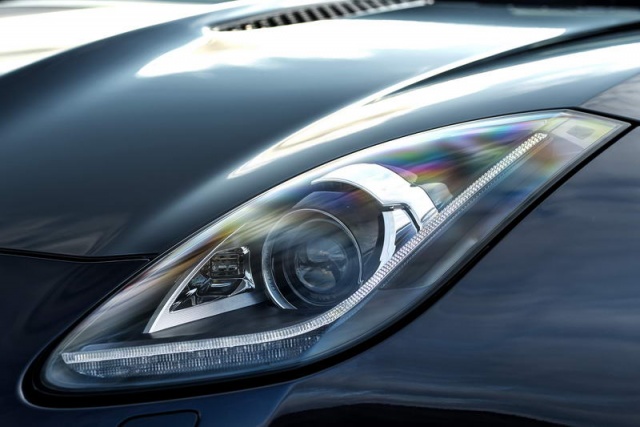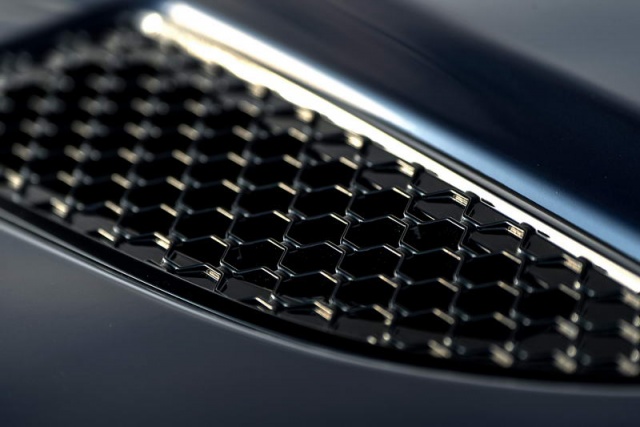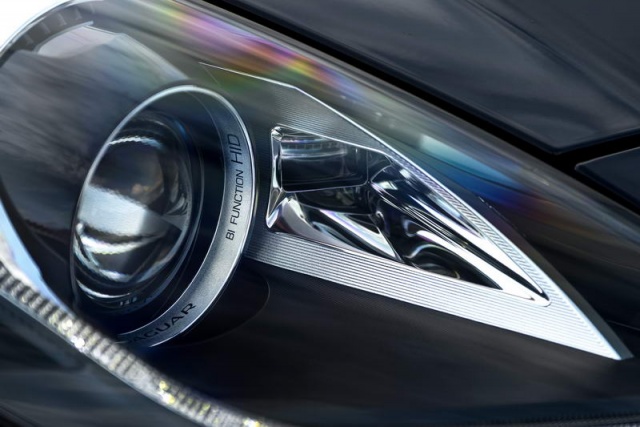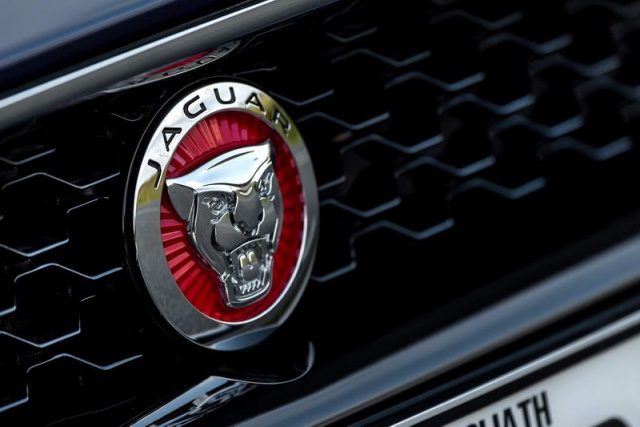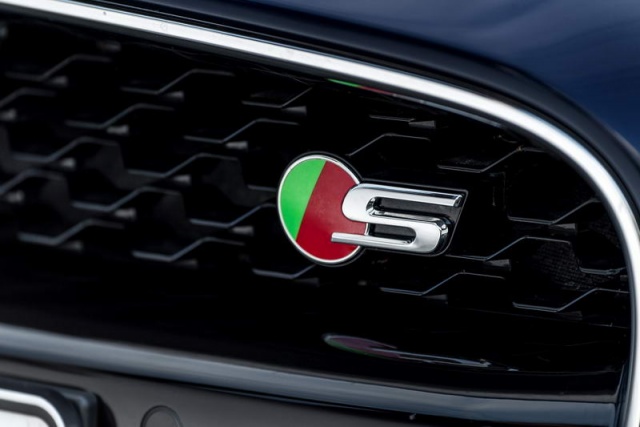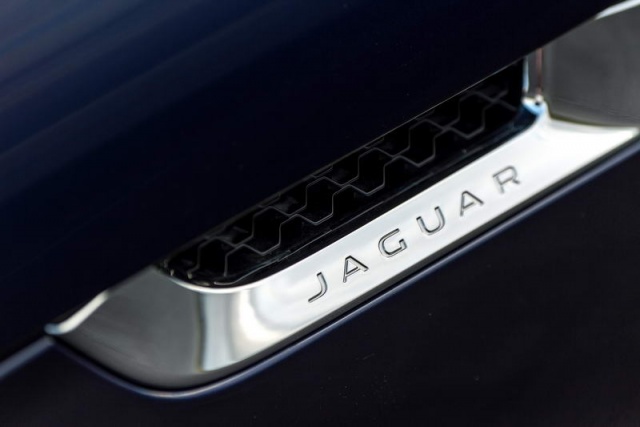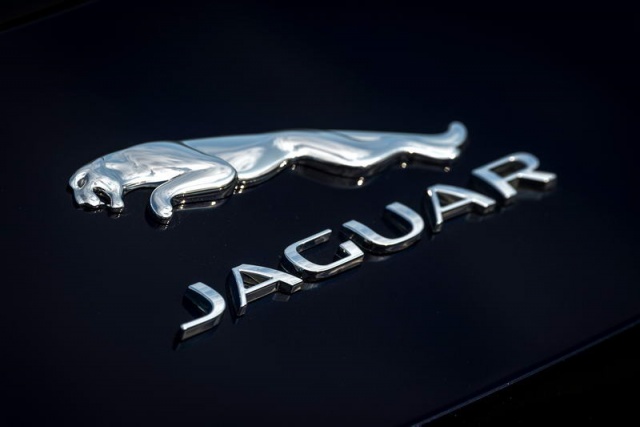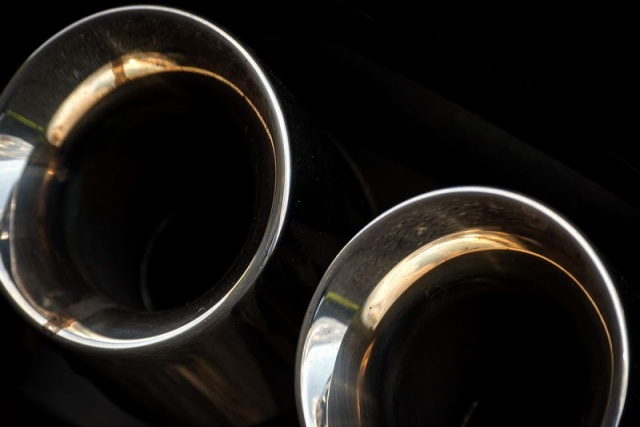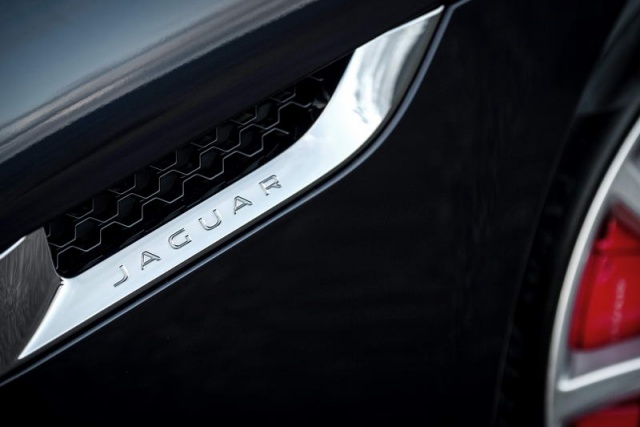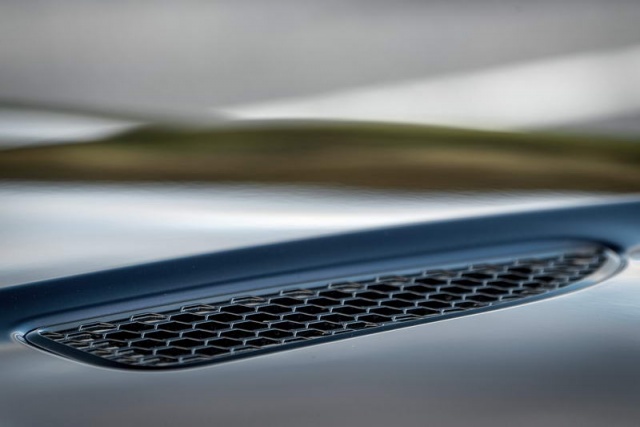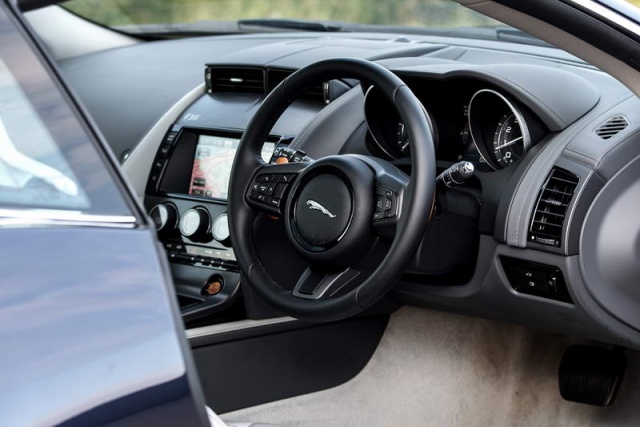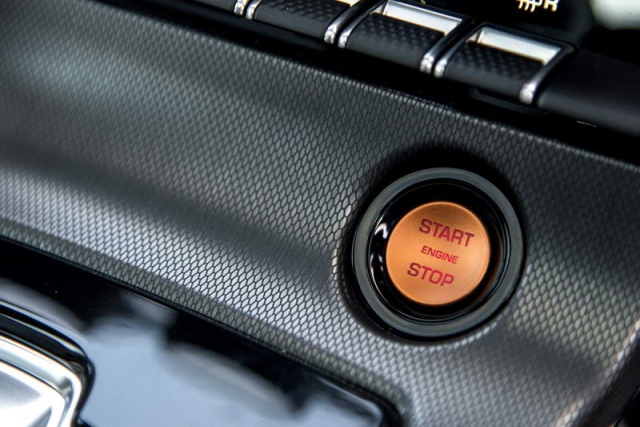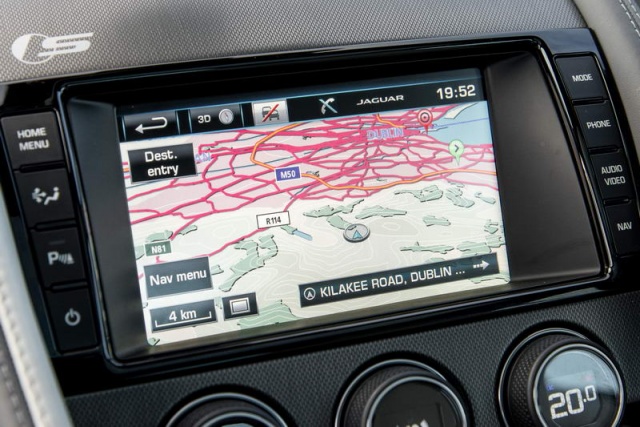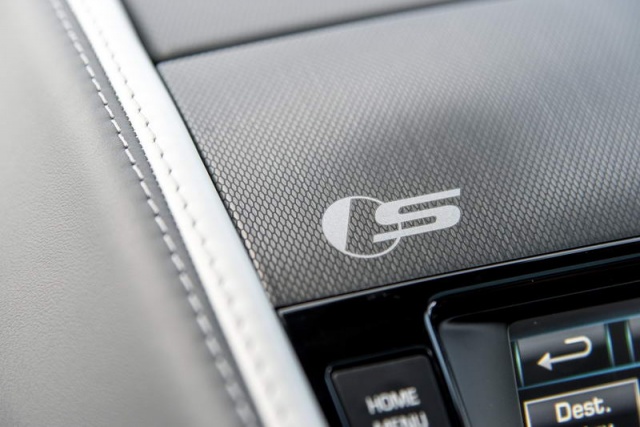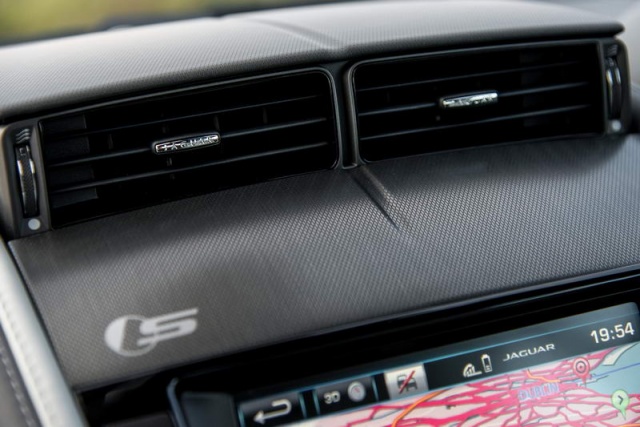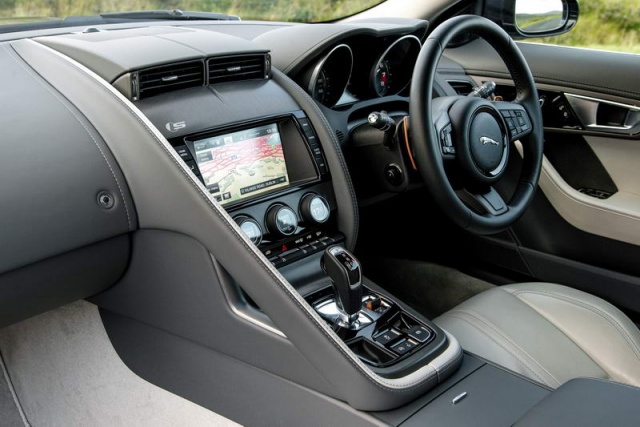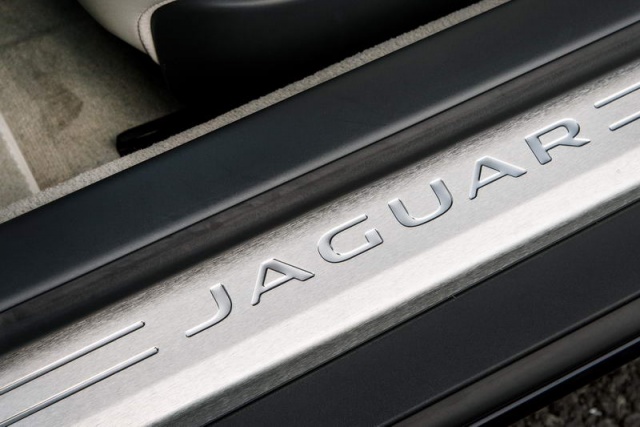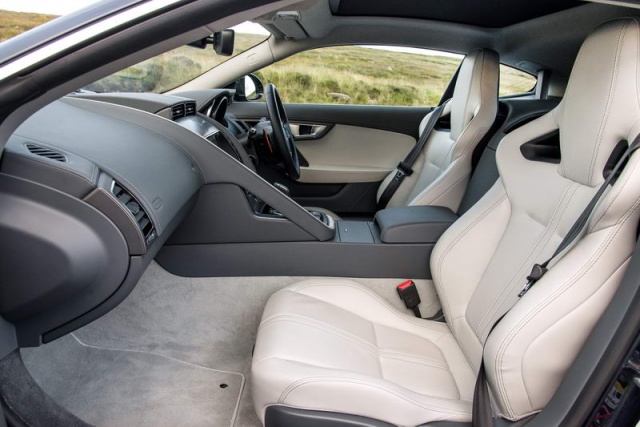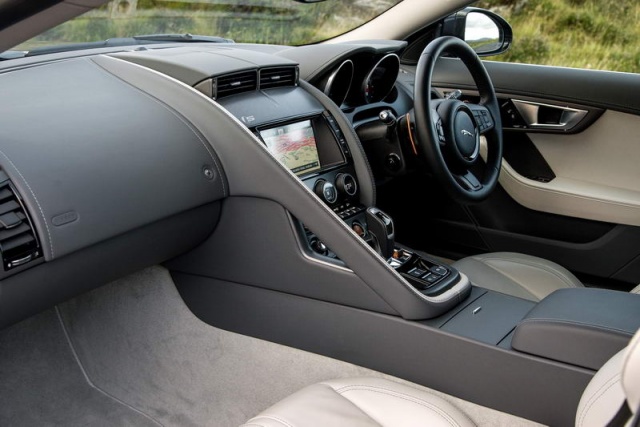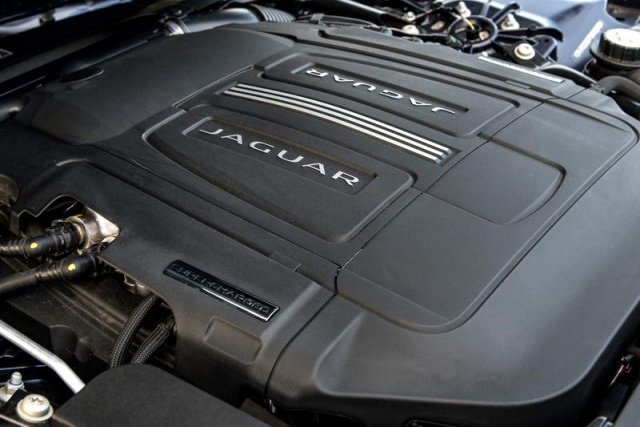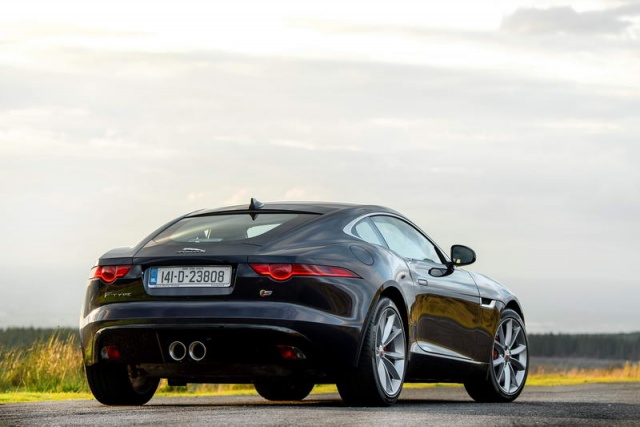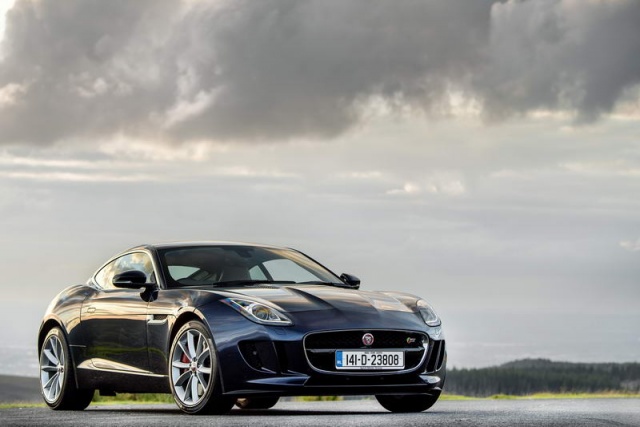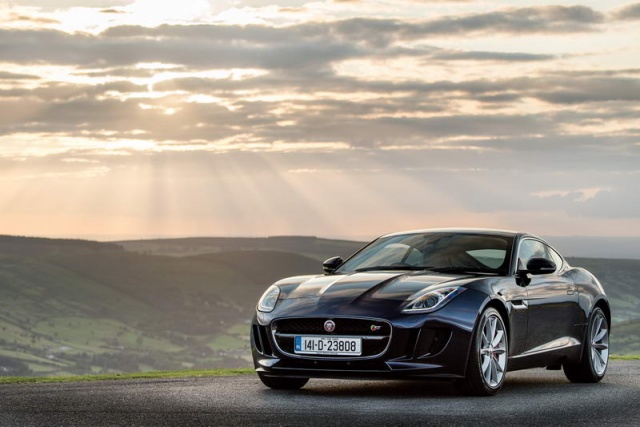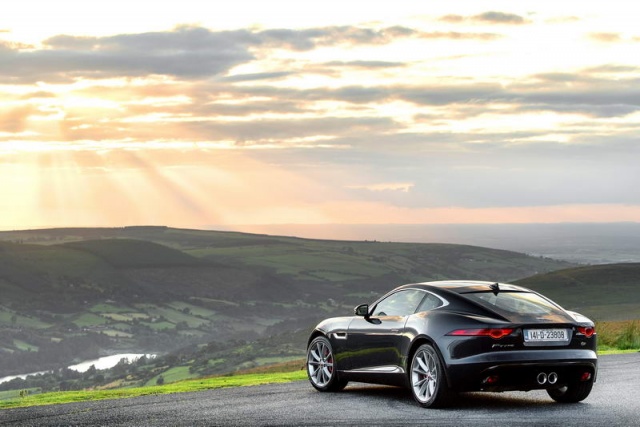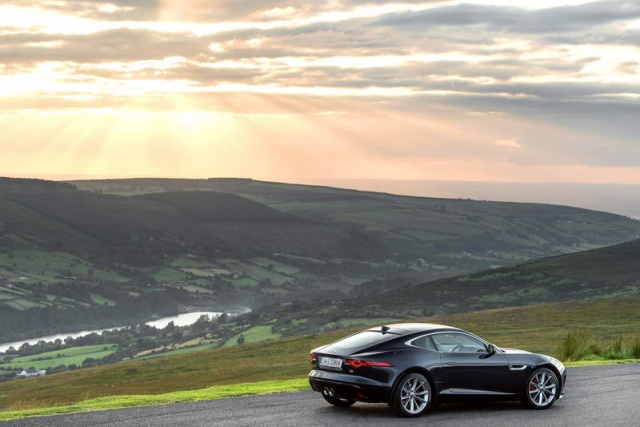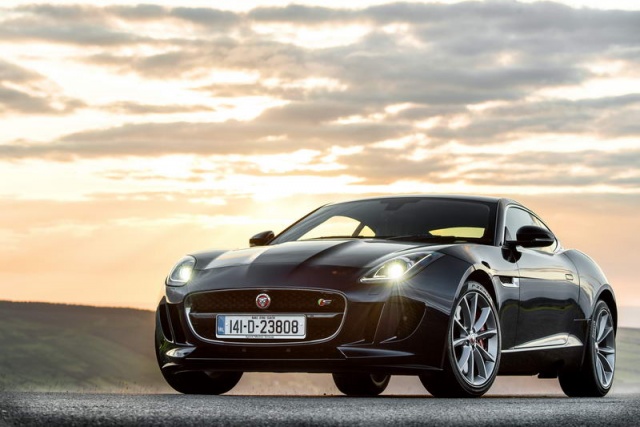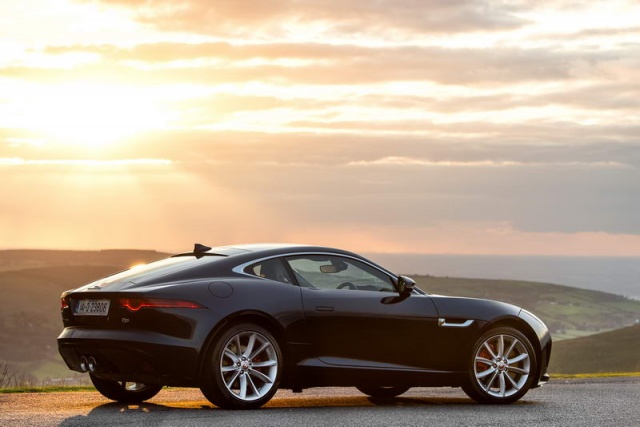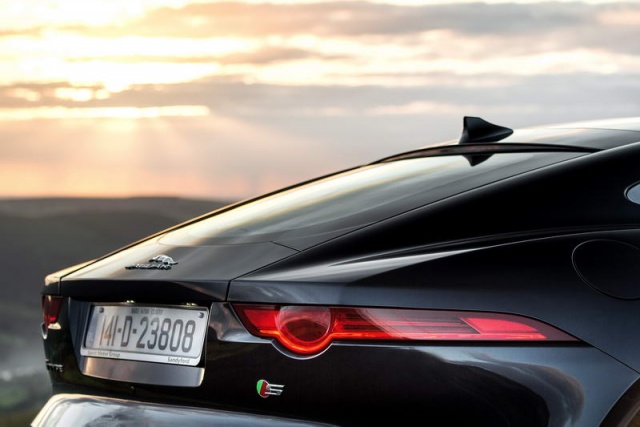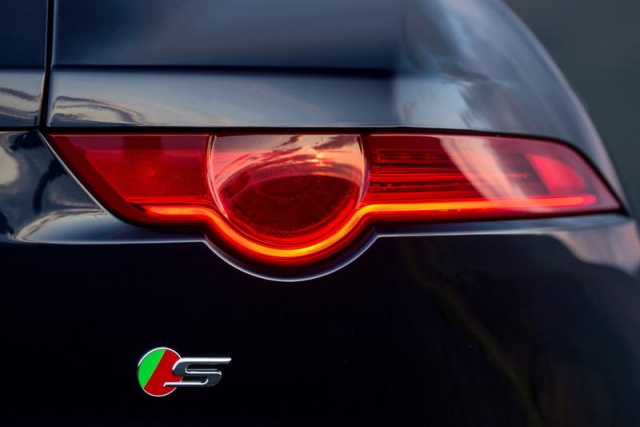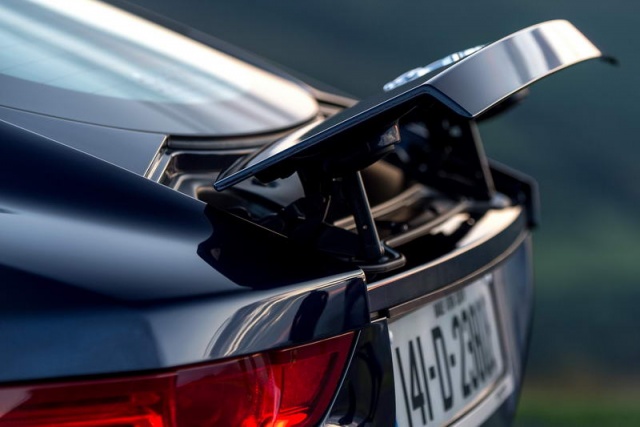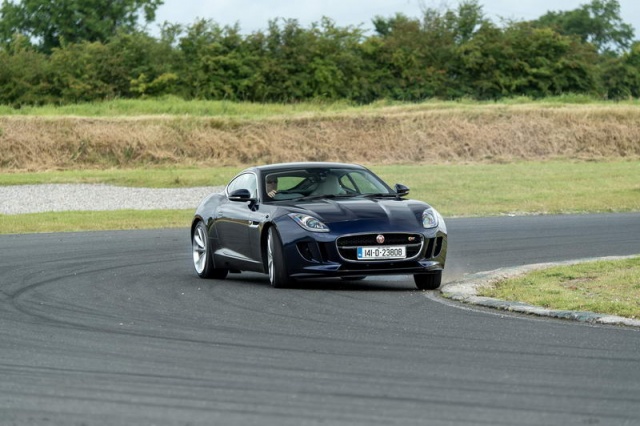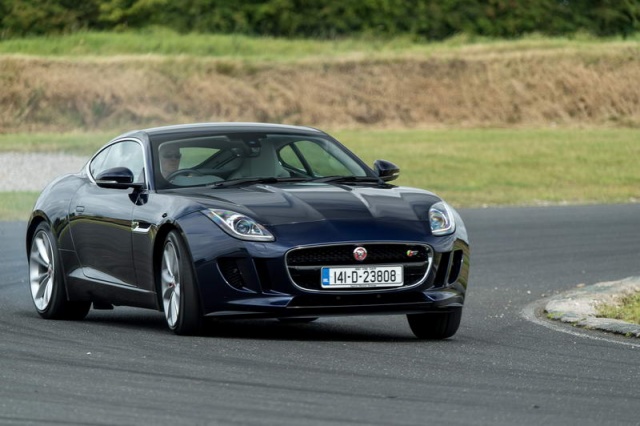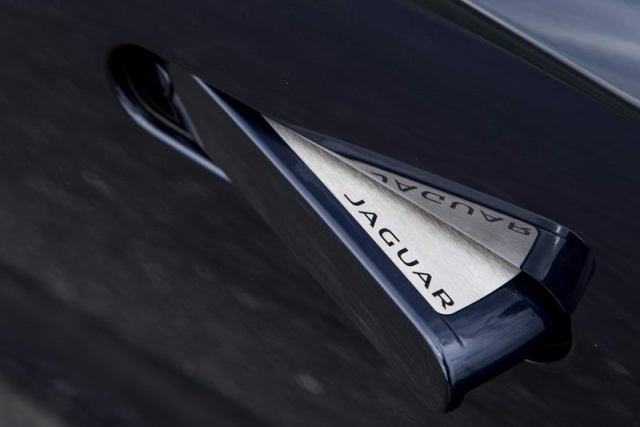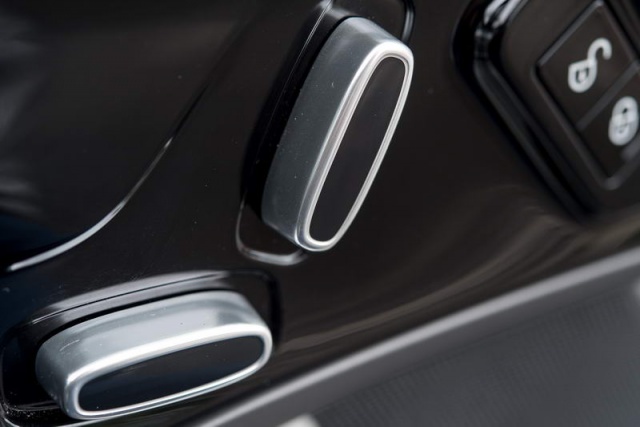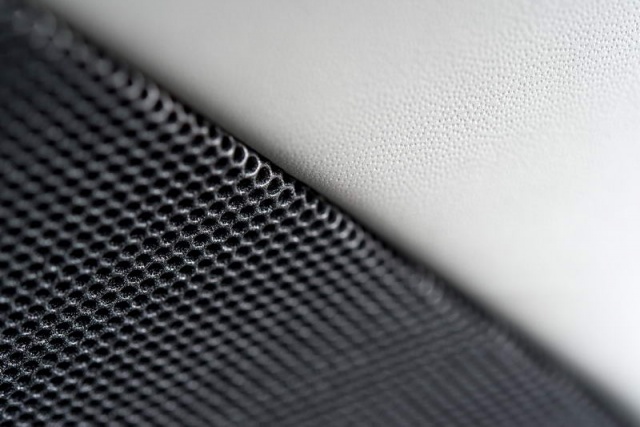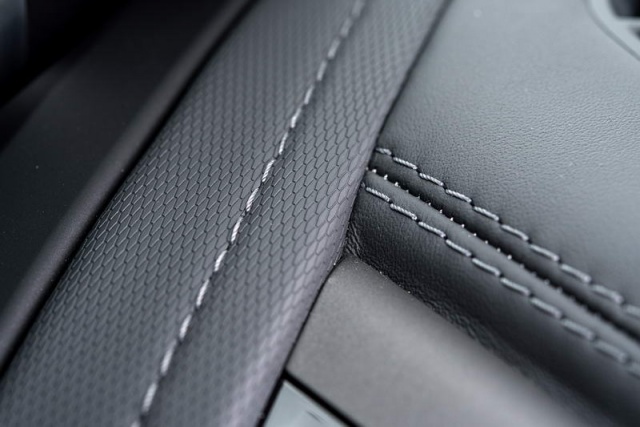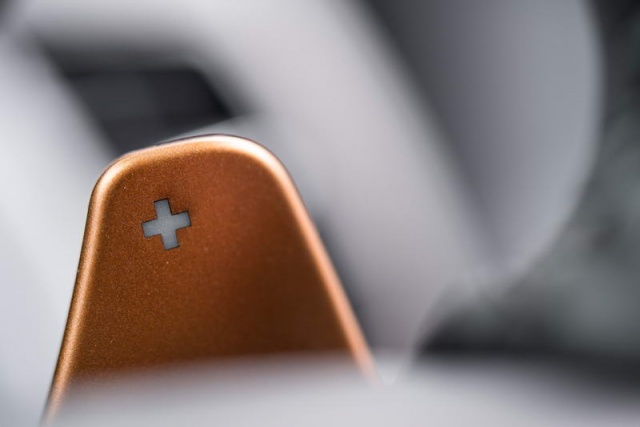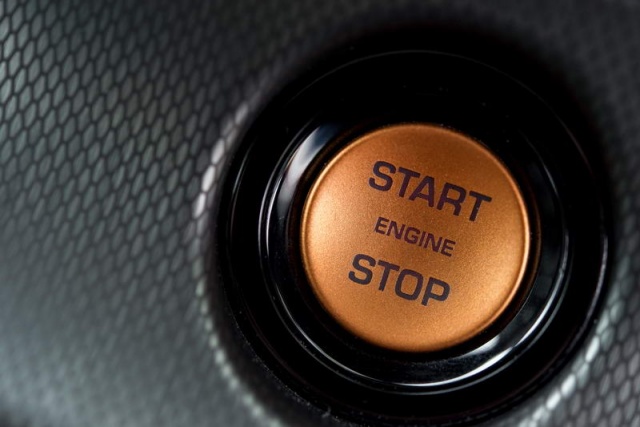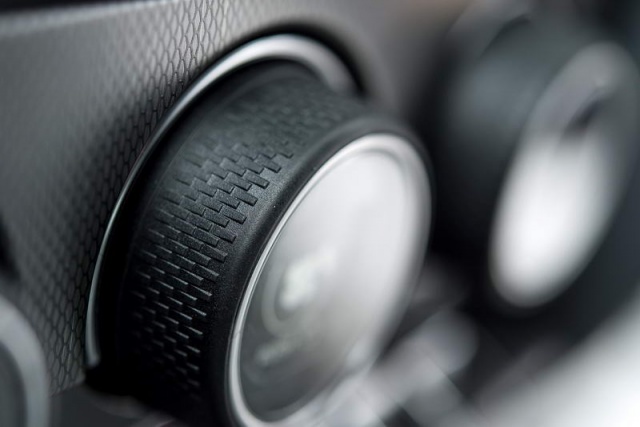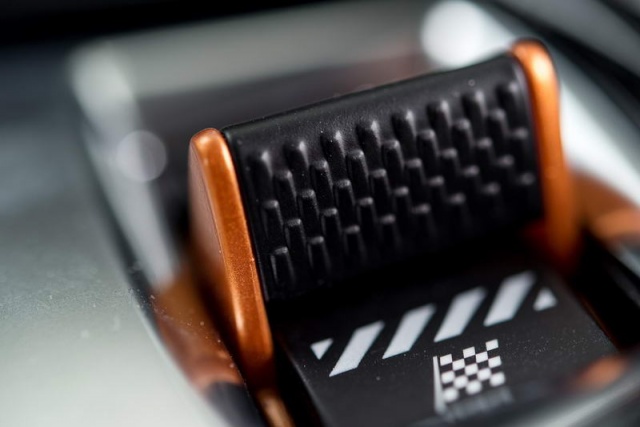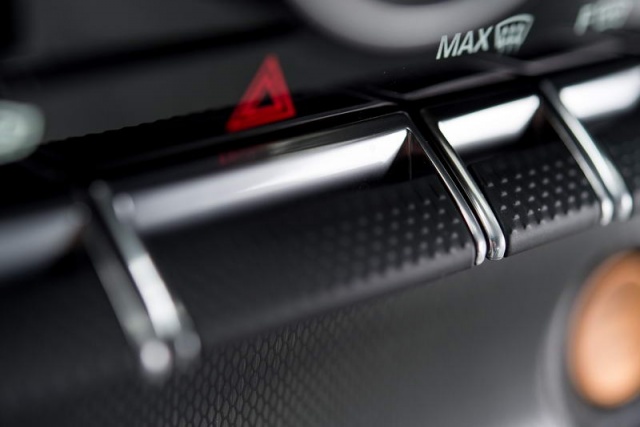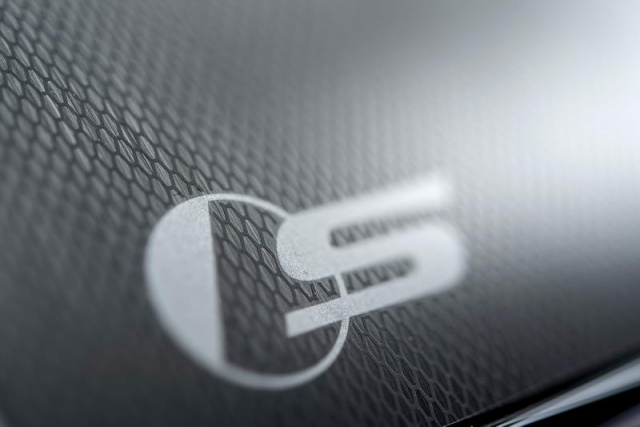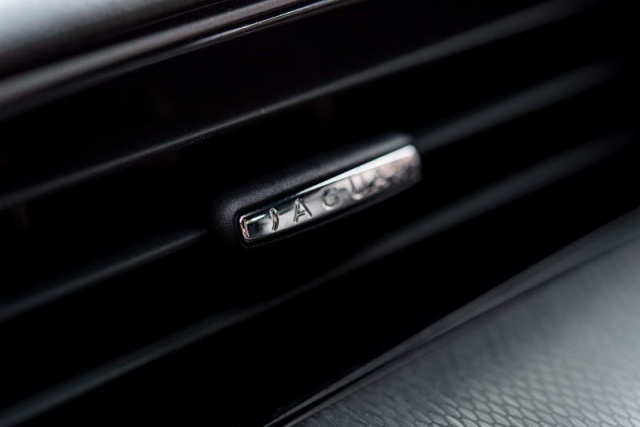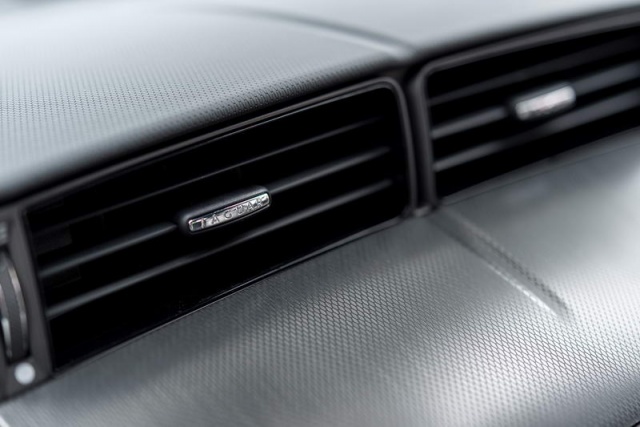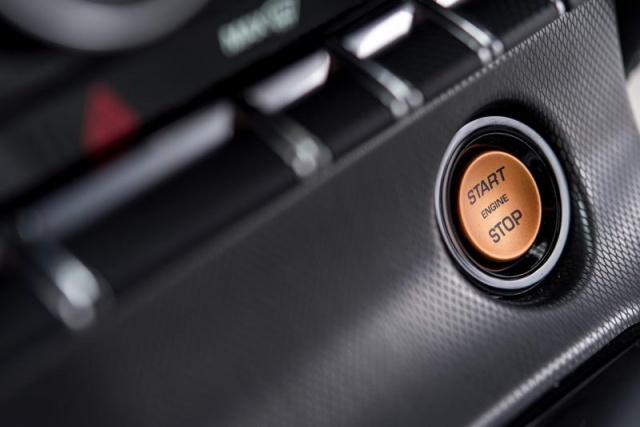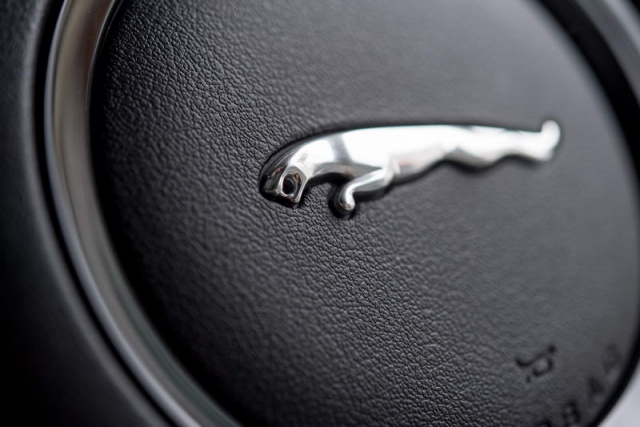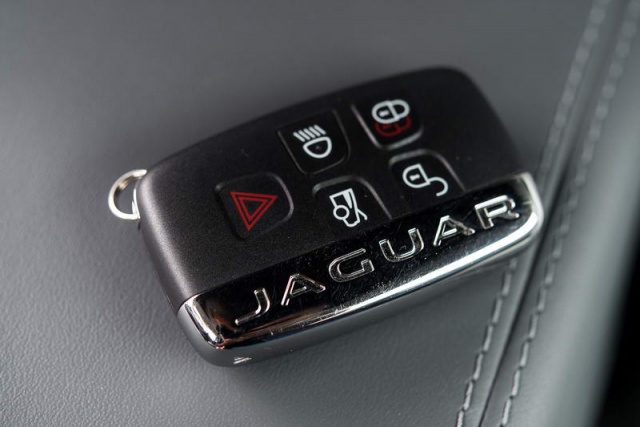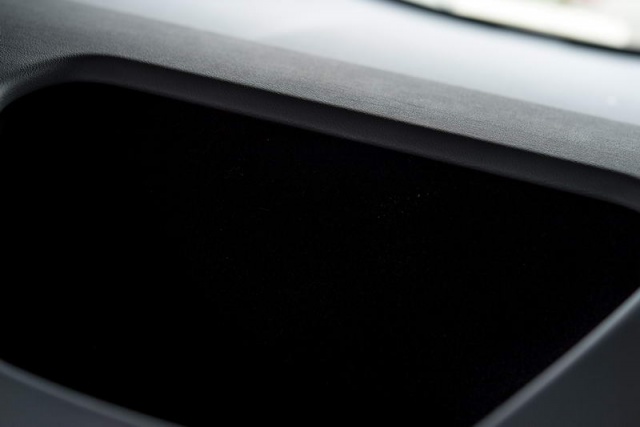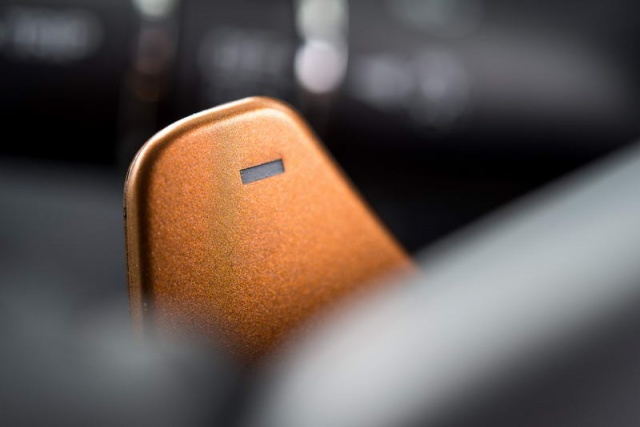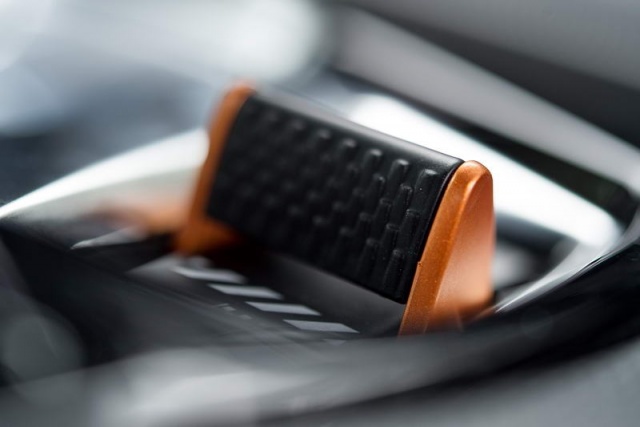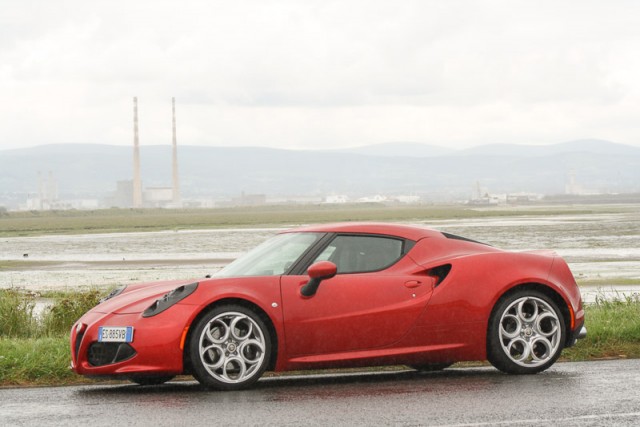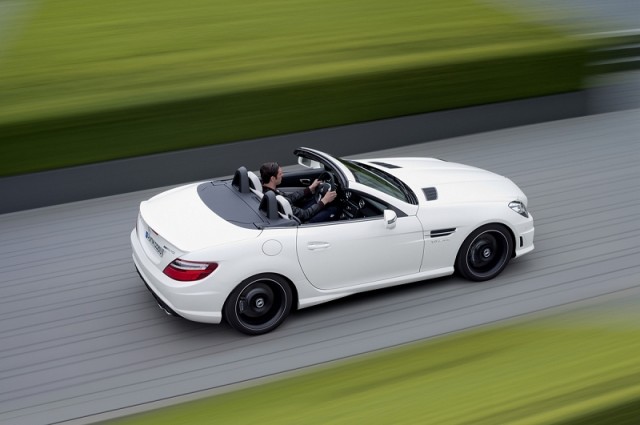Good: utterly gorgeous, utterly brilliant to drive, utterly close to perfect.
Not so good: it isn't cheap and it isn't practical.
Really, since 1975, Jaguar has been floundering a little. Oh, the company as a whole has gone from strength to near-collapse to strength to near-collapse and back to its present, robust strength. It has made some great cars in that time (XF, XKR, new XJ) and some howlers (original XJ40 for instance). The floundering though has been about the beating sports car heart of Jaguar.
When Jaguar created the E-Type in 1961, it created both a sensation and a millstone. NO sports car before or since had caused quite such a fuss. In 1961, an E-Type retailed for around three times the price of a humble family saloon, yet it was to all intents and purpose the fastest production car around, with a (sorta, kinda, cheated a bit) verified top whack of 150mph (241km/h). Today, that would be the equivalent of finding out that you could buy a Bugatti Veyron for around €75,000...
The millstone bit came later, in the seventies. Descending into the dark automotive nightmare that was British Leyland, Jaguar had finally decided by 1975 that the E-Type must be replaced. It had grown fatter and bigger in the intervening years, and gained a fabulous V12 engine, but was recognisably the same car launched in Geneva in '61. Jaguar's replacement wasn't really a replacement though - it was the comfy, sybaritic (and horrendously unreliable) XJS. Suddenly, Jaguar didn't make sports cars anymore; it made big, comfy GTs for big, comfy people who drank G&Ts.
Since when, Jaguar has been in fits and starts working its way back to its sports car heartland. The F-Type name has come and gone many times since then. Small, lithe sports cars have come agonisingly close to production, then melted away in favour of investment in diesel saloons or practical estates. It was only when Ford sold Jaguar to Indian mega-conglomerate Tata that a true new E really got put back on the table. Former Tata boss Ratan Tata knew and loved the history of the turbulent company he had just bought and knew that the one thing that could both pay respect to the history of Jaguar and pull the company to the forefront of modern motoring was a belated E-Type successor.
Now it's sitting in front of me. The F-Type was launched last year to acclaim almost as thunderous as its exhaust note, but that was the convertible version. And, pardon me, but a convertible is not a true E-Type successor. Jaguar founder William Lyons never liked the open E-Type; he always though the coupé was the more sensuous to look at. He was right and, assuming he would have thought the same about the F-Type, he was right about this one too. The convertible is gorgeous; the Coupé is jaw-droopingly stunning; masculine and feminine all at once, dripping with historical references, yet looking bang up to date and contemporary. It is Jaguar chief designer Ian Callum's greatest work.
Of course, we've been here before. Jaguar has made some utterly beautiful cars in the past (Series III XJ12 anyone?) that have turned out to be mechanical nightmares and quality black holes (Series II XJ12 anyone?). It took Jaguar almost two decades to develop the old XJS into a decent car. The F-Type had to be right - no, perfect - from day one.
It is. Perfect? As I've said before, that's a dangerous word for any professional critic to use, but we are certainly skirting its semantic boundaries here. The F-Type is powered by Jaguar's supercharged 3.0-litre V6 petrol engine which, in S trim, makes a more than healthy 380hp. You can have a marginally cheaper 340hp version or a truly bonkers 550hp supercharged V8 if you like, but this is the sweet spot of the F-Type range. Plenty of power, equal amounts of poise.
Forget poise though, and embrace the noise. Jaguar has equipped this car (and all F-Types) with exhaust pipes that act both as musical instruments and comedy props. Honestly, the noises this thing makes are a fabulous mix of aggression, explosion and comedic honks. No car should sound this good these days, but the F-Type does. Your neighbours will utterly hate you for thumbing the bronzed starter button (like the gearshift paddles, it's an homage to the switches in the Eurofighter Typhoon) as it fires up a blare of momentary max revs. You'll love it though.
The engine does dominate proceedings a touch, farting and burping its way through every gearshift, but actually it quietens down very nicely on the motorway (as does the rest of the car) and with those big, high-backed seats and well contained refinement, the F-Type is actually quite the relaxing motorway companion. You should even see 32mpg from it...
Thankfully though, show it a corner and the boulevardier overtones are discarded and the F-Type reveals itself to be a true sports car. This is no Series III E-Type successor, bloated with extra seats, a distended roofline and a weighty V12 engine - this is a Series I flat-floor, its engine derived from motor sport and with the delicate precision of a sniper's rifle.
The F-Type isn't exactly small; in fact, it sits almost perfectly size-wise (price-wise too) between the Porsche Cayman and Porsche 911. And that is exactly how it drives. It has most of the precision and mid-corner balance of the Cayman, yet with the extra suppleness of the larger, longer-wheelbase 911. The steering, a touch light perhaps, flicks that long nose with apparent effortlessness into corners, its mid-bend balance is benign, tending to slight understeer while on the exit, a flattened right foot will have the rear wiggling out into a perfectly protracted power slide, as long as the electronic safety net has been set to 'play' mode. It's balanced, it's brilliant, but above all, it's fun. Jaguar has remembered that a talented chassis needs to include the driver in its decision making. You feel like an organic part of the process.
There are, of course, flaws. There is no option of rear seats, rendering it less practical than a Porsche 911. The main dials look a touch cheap at this six-figure price level. The touch-screen satnav and infotainment system, although improved, is still fiddly compared to BMW's iDrive or Audi's MMI. And the boot, with the spare wheel sitting in the middle, is almost pointlessly small.
Still. Here for the first time in 40 years is a true Jaguar sports car. Here is a Jaguar that tries not to compete with BMW or Audi, but Porsche. The fact that it succeeds, and does so with such brio and swagger, is a wonderful reminder of why we all fell in love with cars in the first place.

